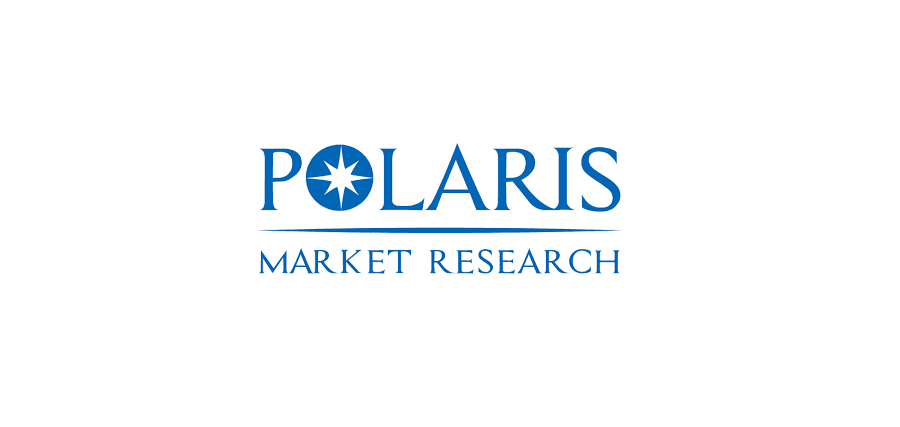ce certification
CE Certification – Article 1
Introduction to CE Certification
CE Certification, often referred to as the “passport to the European market,” is a mandatory conformity marking for products sold within the European Economic Area (EEA). The letters “CE” stand for “Conformité Européenne,” which means “European Conformity.” This certification signifies that a product meets all relevant EU directives and regulations concerning safety, health, and environmental protection. The CE mark indicates that the manufacturer has assessed the product and verified that it complies with all applicable European standards. Without CE certification, products cannot legally be placed or sold in the European market, making it an essential requirement for manufacturers, exporters, and importers worldwide.
Purpose and Importance of CE Certification
The main purpose of CE certification is to ensure that products entering the European market are safe for consumers, environmentally sustainable, and compliant with harmonized EU regulations. It helps eliminate trade barriers within the EEA by standardizing safety and quality requirements across member countries. For manufacturers, obtaining CE certification demonstrates commitment to quality and safety while enhancing credibility and customer trust. It also enables businesses from non-EU countries to access the lucrative European market by ensuring their products meet EU compliance standards. Consumers, on the other hand, can trust that products bearing the CE mark have been rigorously evaluated and are safe to use.
Scope and Applicability
CE certification applies to a wide variety of product categories, including electrical and electronic equipment, machinery, medical devices, construction products, toys, pressure equipment, and personal protective equipment. Each product type is governed by a specific EU directive or regulation outlining the essential requirements it must fulfill. For instance, the Low Voltage Directive applies to electrical devices, while the Machinery Directive governs industrial equipment. Manufacturers must identify which directives apply to their products and ensure full compliance before affixing the CE mark. The scope of CE certification continues to expand as new product categories and safety standards are introduced to address emerging technologies and sustainability goals.
Process of Obtaining CE Certification
Obtaining CE certification involves a systematic process that begins with identifying applicable directives and harmonized standards. Once these have been determined, manufacturers must conduct a conformity assessment, which may include testing, risk analysis, and technical documentation. For some product categories, self-certification is allowed, while others require third-party evaluation by a Notified Body authorized by the European Commission. The manufacturer must then compile a technical file containing all relevant documentation, such as test results, risk assessments, and design specifications. Once compliance is demonstrated, the CE mark is affixed to the product, accompanied by a Declaration of Conformity. This declaration serves as proof that the manufacturer has met all necessary EU requirements.
Benefits of CE Certification
CE certification provides numerous benefits for both businesses and consumers. For manufacturers, it opens access to the entire European market without the need for multiple national approvals, simplifying trade across borders. It enhances product credibility, improves brand reputation, and ensures compliance with international safety standards. CE-marked products enjoy easier market entry and reduced liability risks because they have undergone strict safety evaluations. For consumers, CE certification guarantees product reliability, safety, and environmental friendliness. It also helps regulatory authorities monitor compliance more effectively, ensuring that only quality products are available in the market. Ultimately, CE certification promotes fair competition, safety, and innovation.
Challenges in CE Compliance
While CE certification offers significant advantages, achieving and maintaining compliance can be complex and resource-intensive. The process involves understanding multiple EU directives, technical documentation, and testing procedures. For small and medium-sized enterprises (SMEs), navigating these regulatory requirements can be challenging without expert guidance. Additionally, product modifications, technological updates, or changes in EU legislation may necessitate re-certification or additional conformity assessments. Non-compliance can result in penalties, product recalls, or market bans, emphasizing the importance of maintaining accurate records and continuous monitoring of product performance.
Conclusion
CE certification is more than just a regulatory requirement—it is a symbol of quality, safety, and compliance with European standards. It allows manufacturers to market their products across Europe with confidence while assuring consumers that those products are safe and environmentally responsible. In today’s globalized trade environment, CE certification enhances brand credibility and provides a competitive advantage. For businesses seeking to expand internationally, obtaining CE certification is an essential step toward growth, trust, and sustainability.






